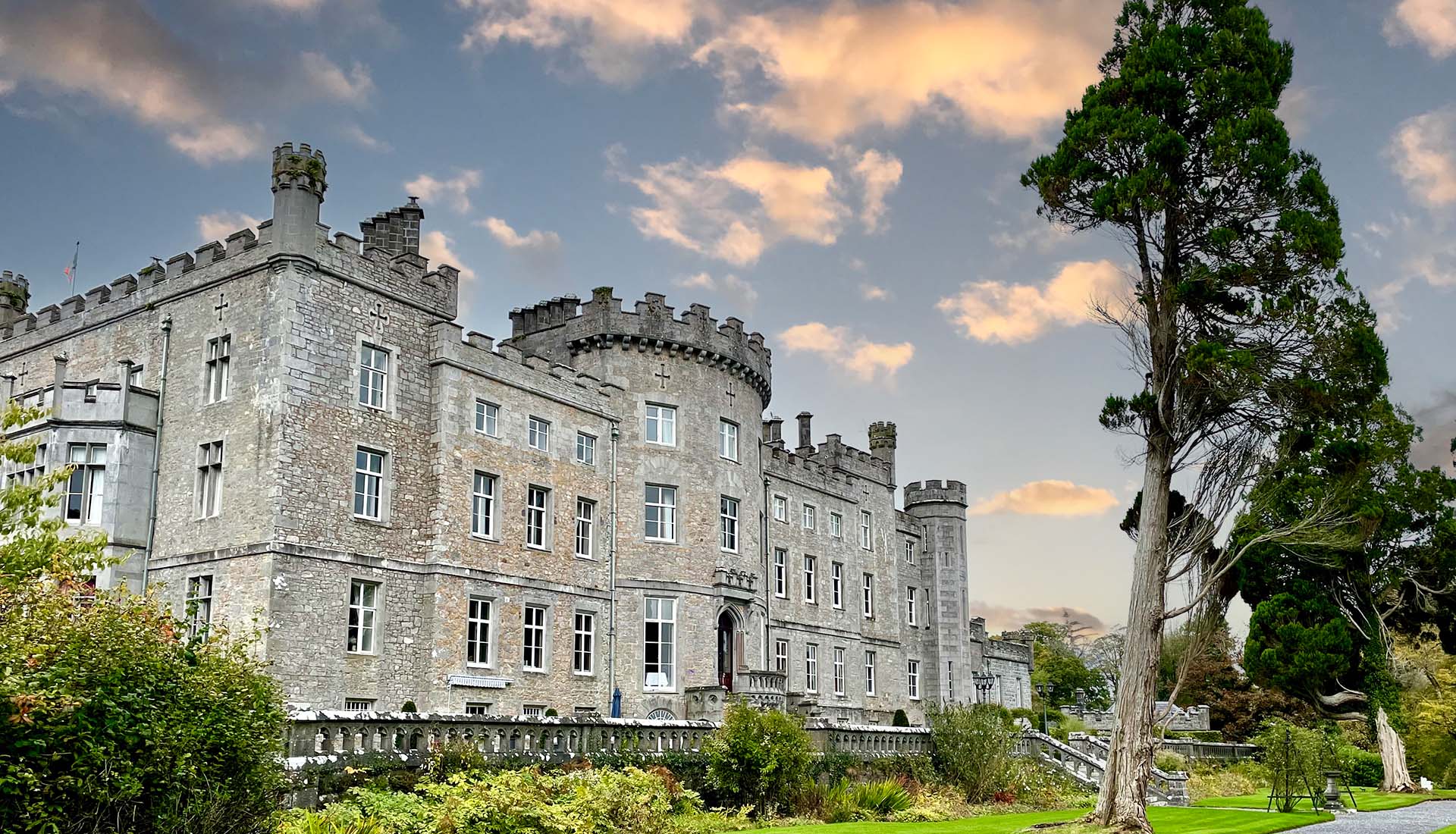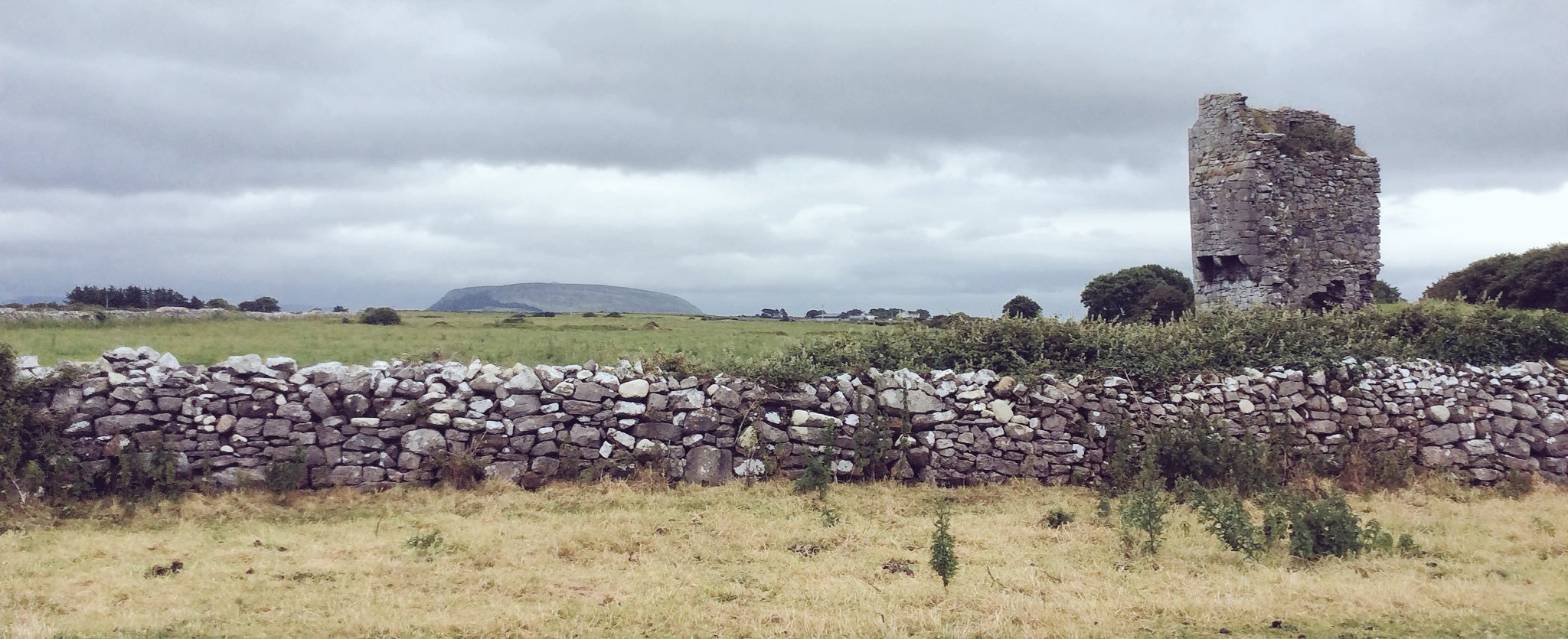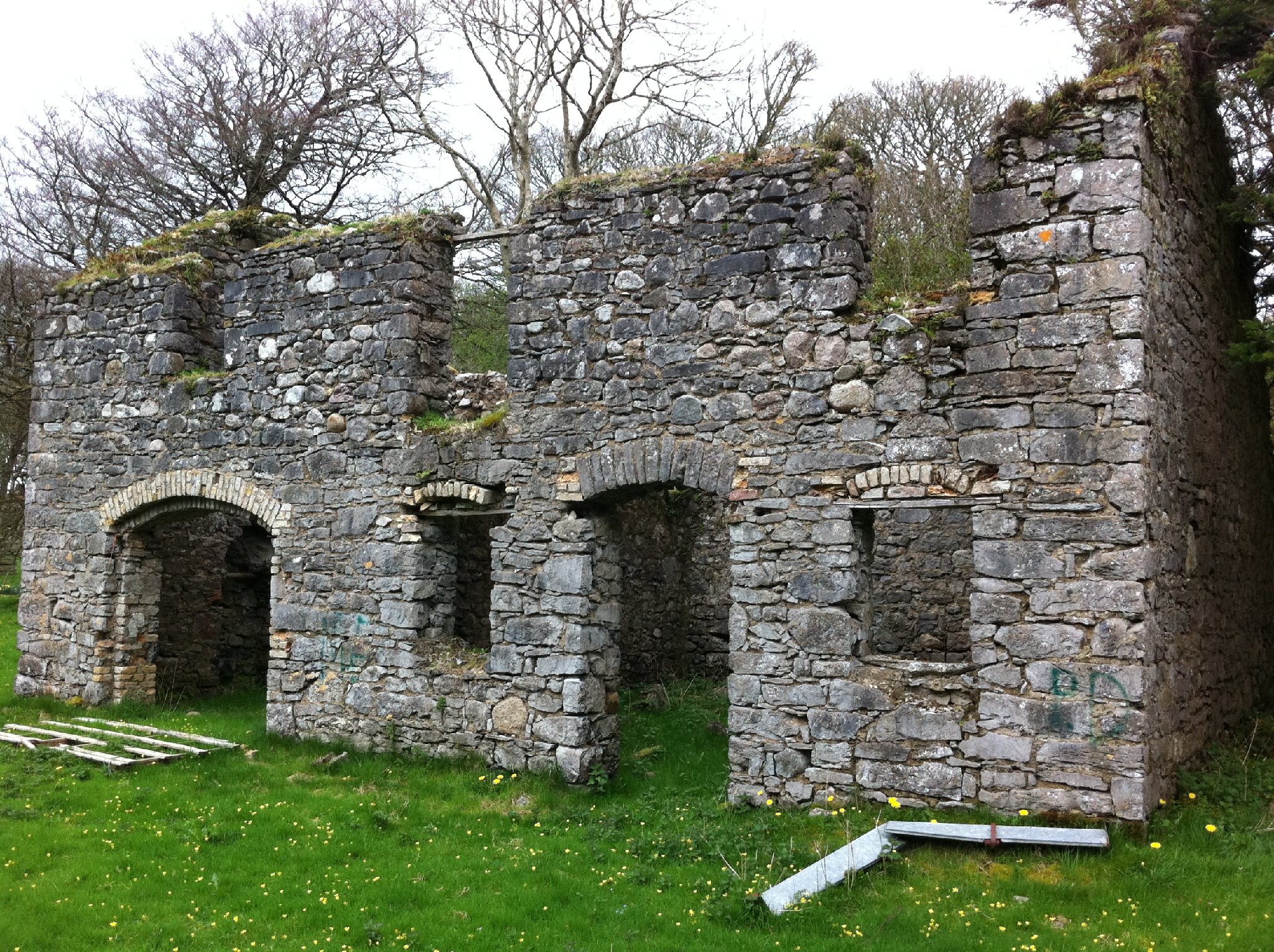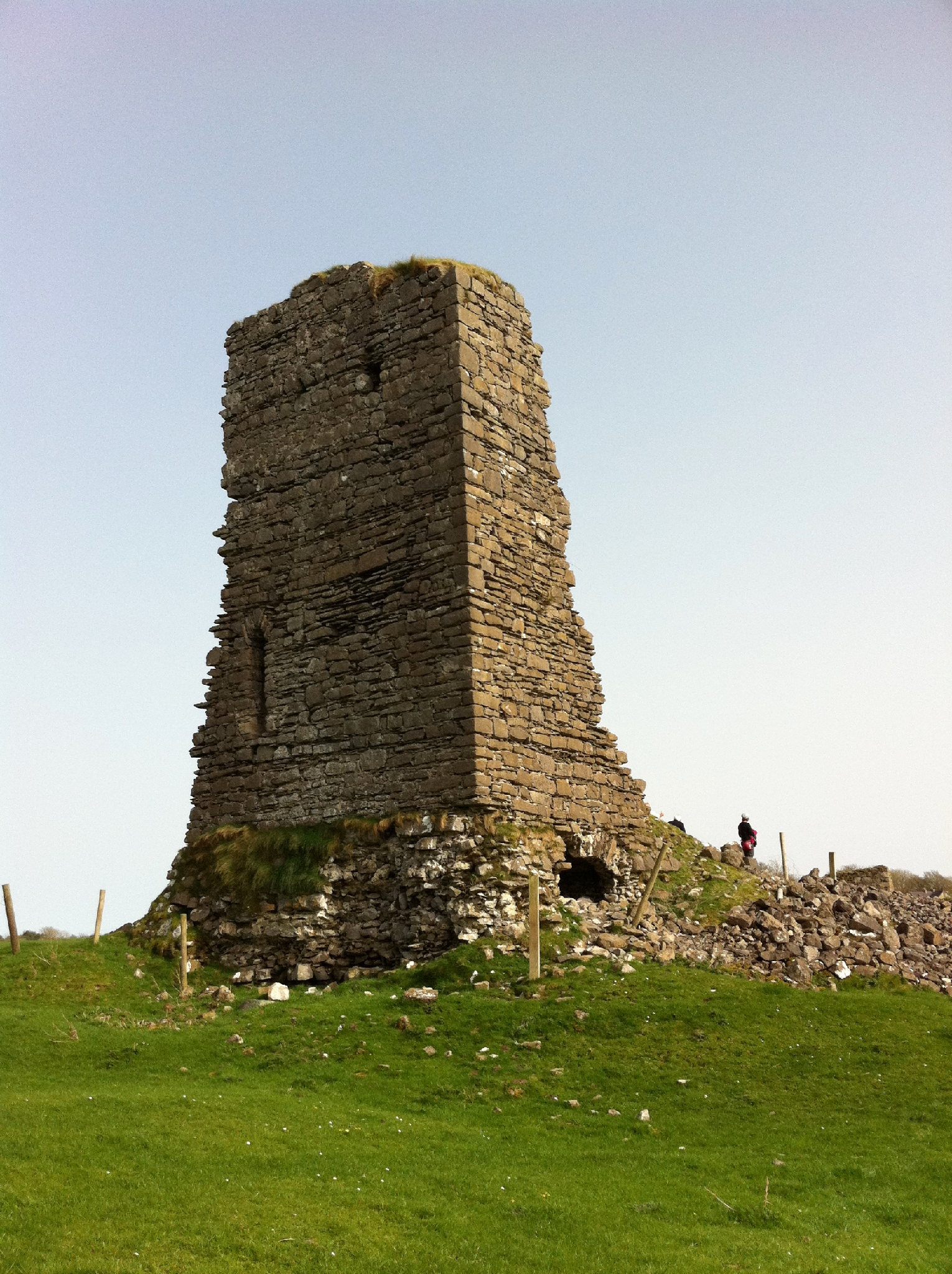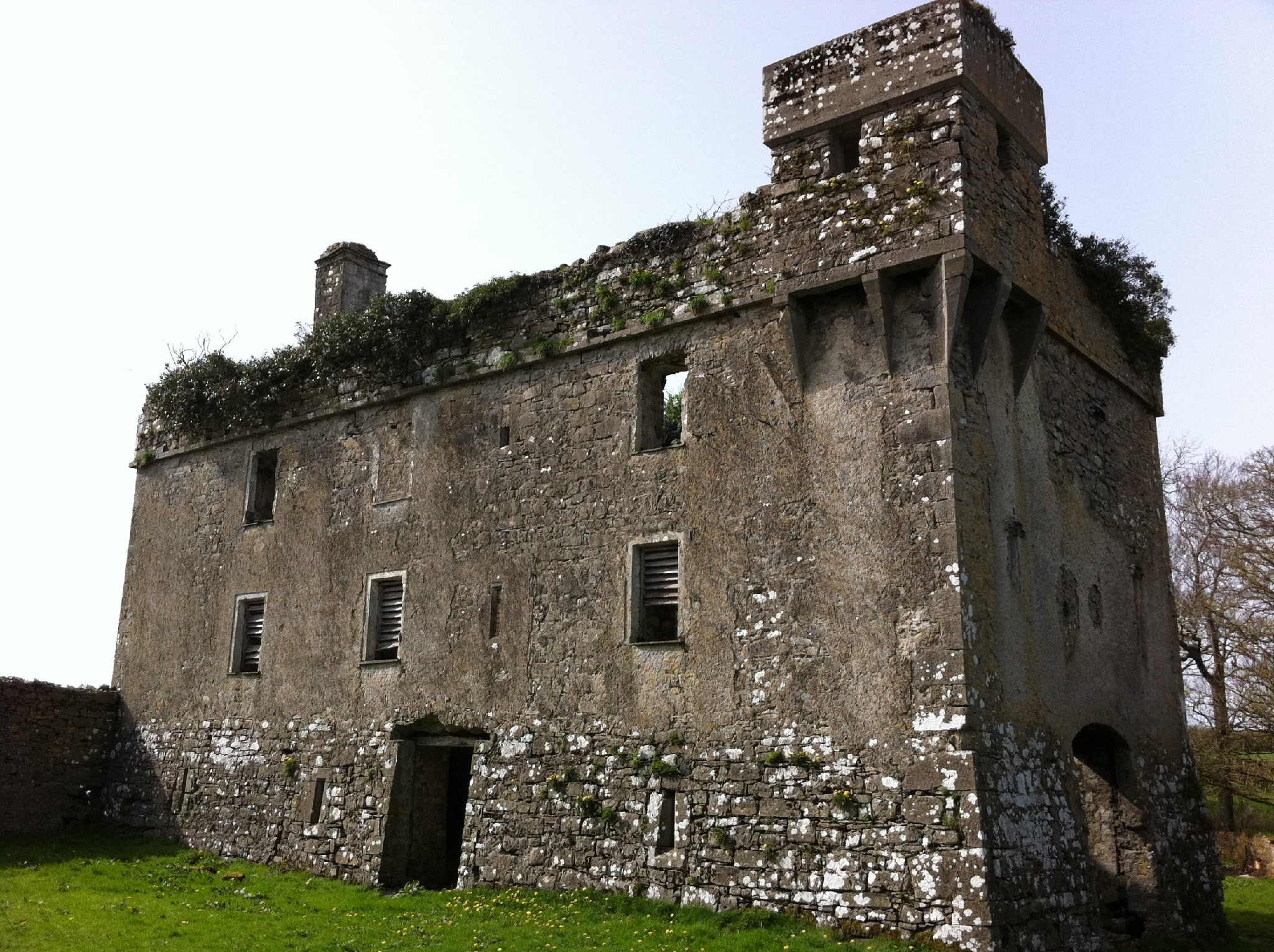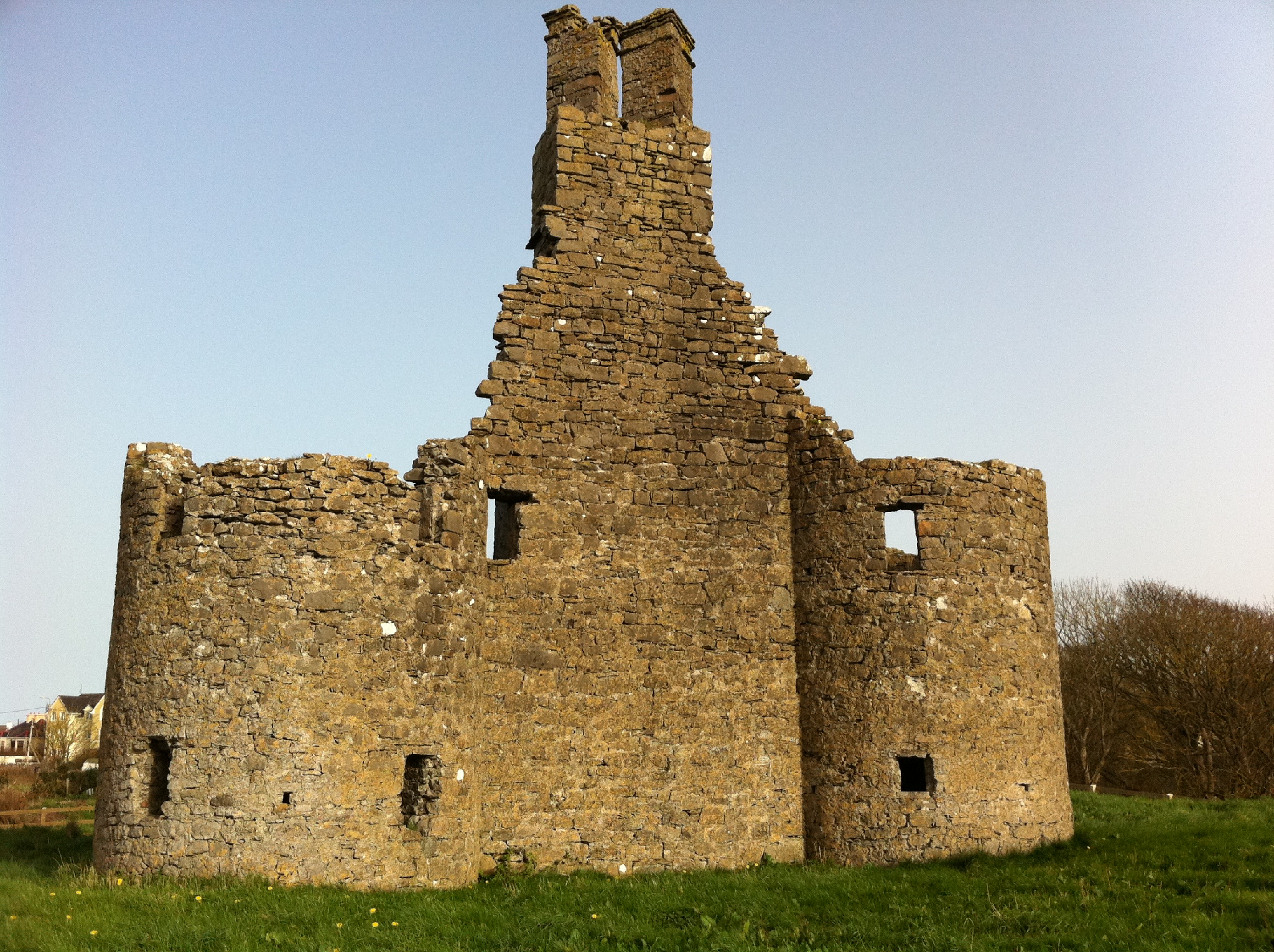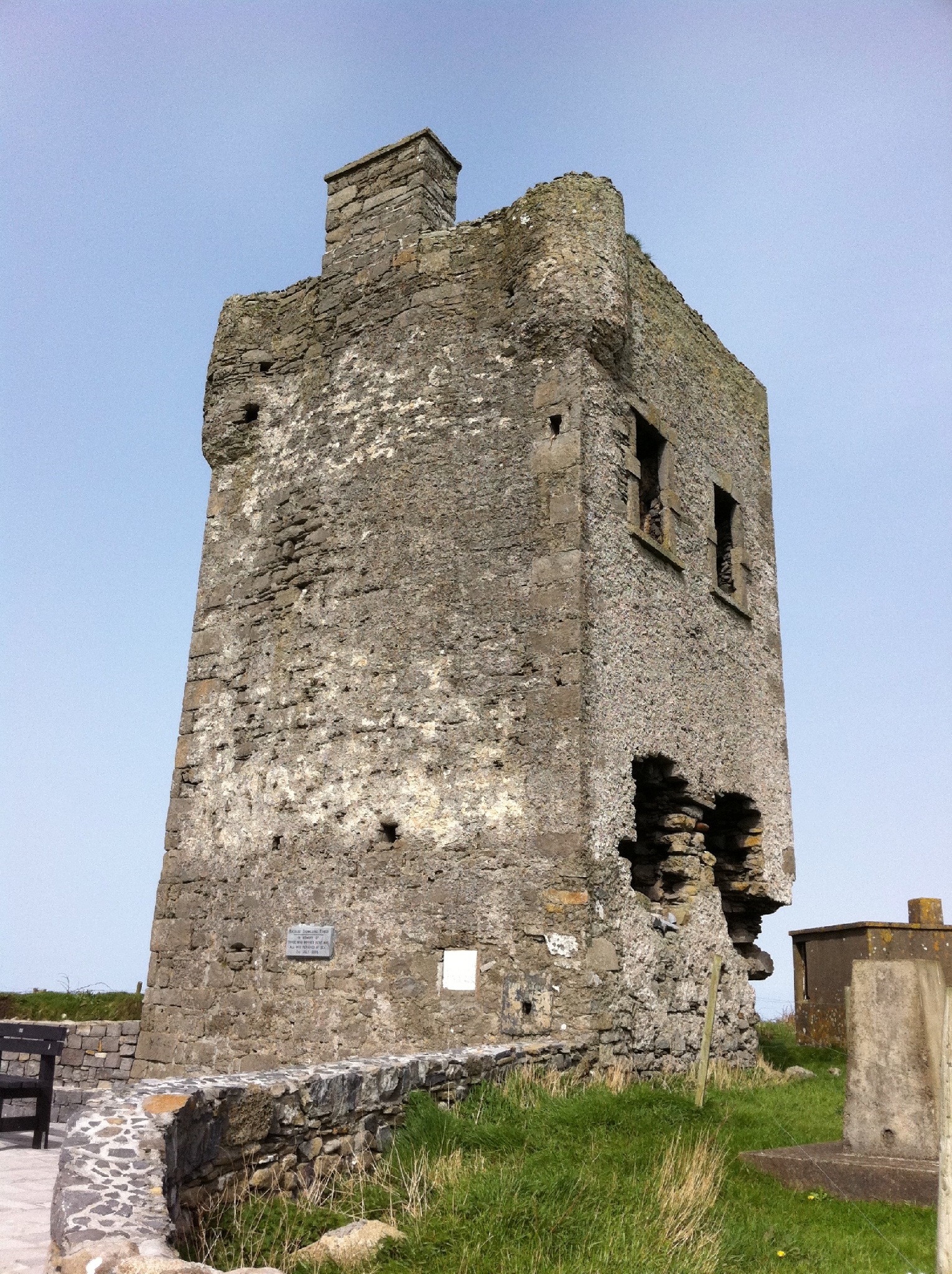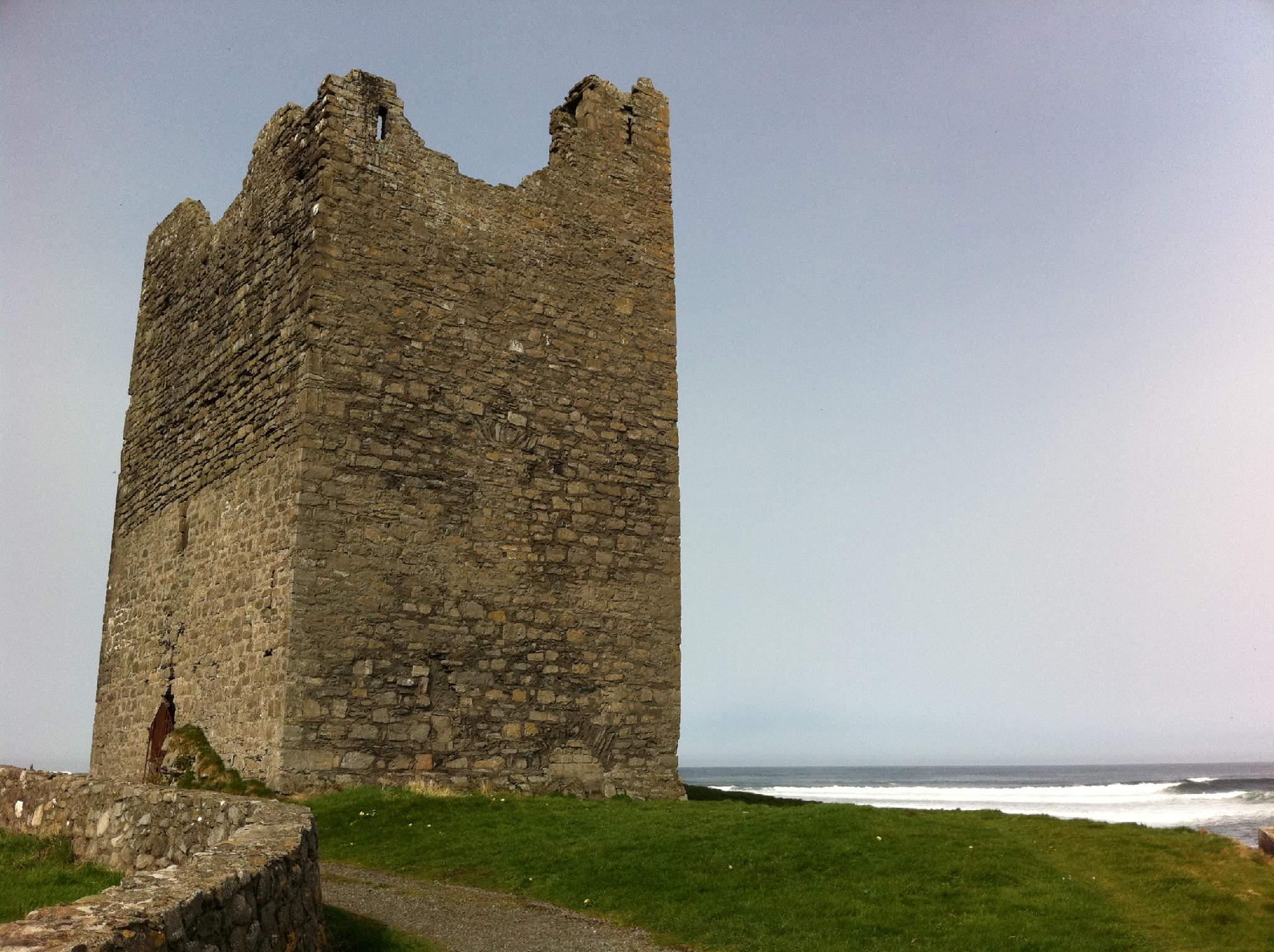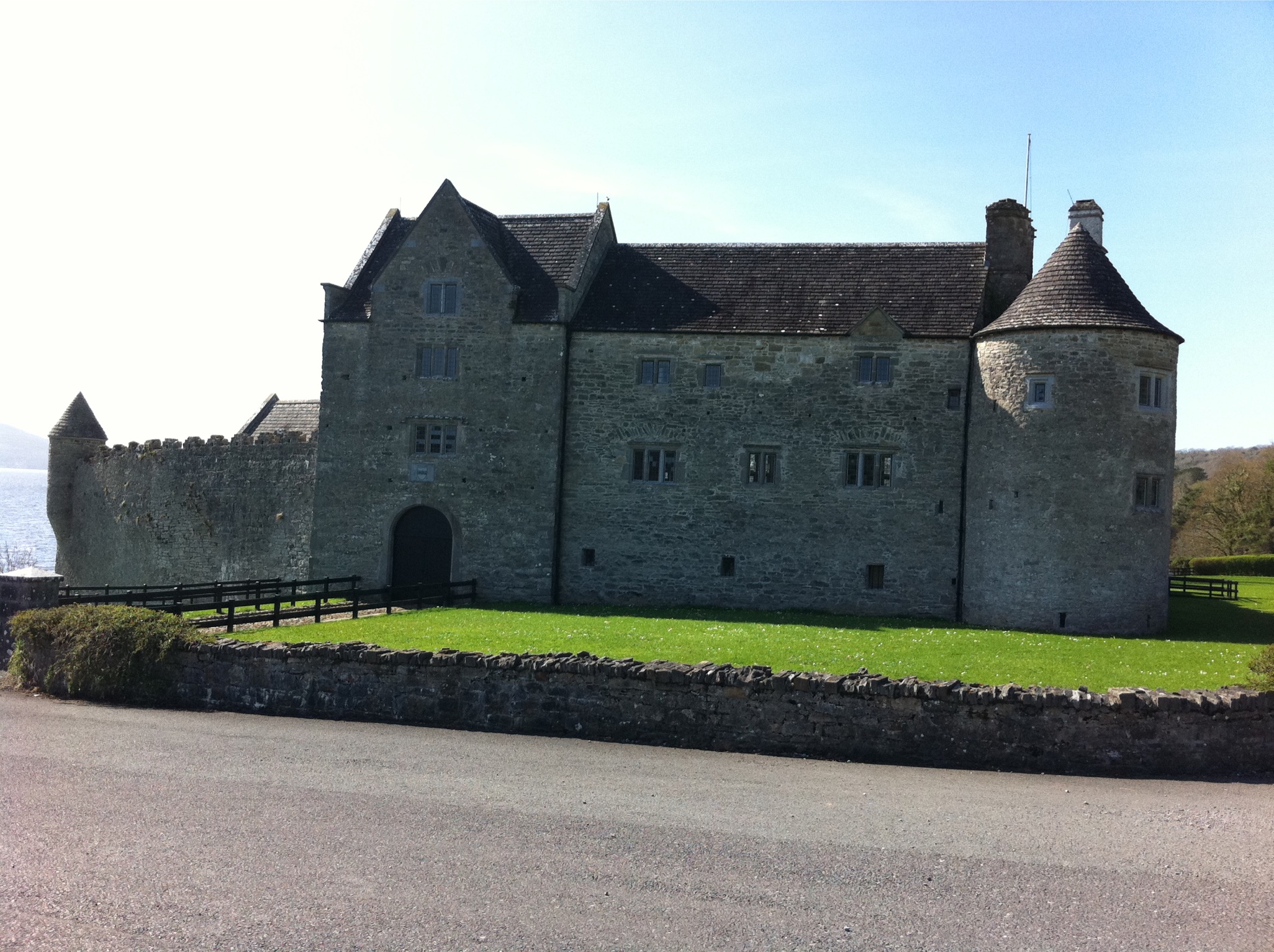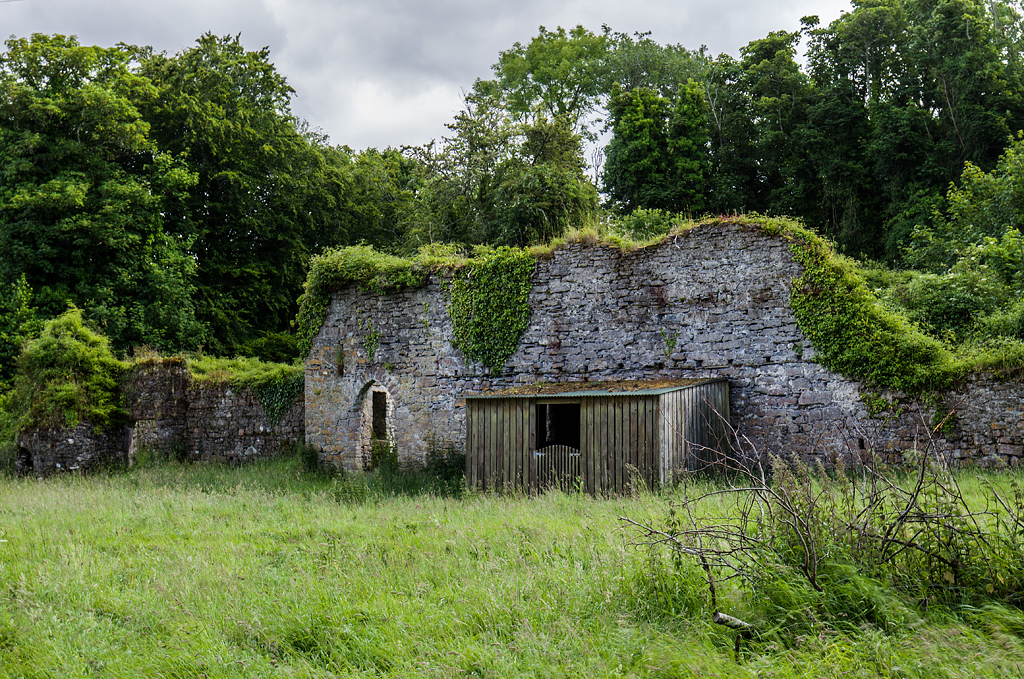Castles
October 22, 2024 2025-09-29 15:52Castles
The O'Dubhda Castles
The O'Dubhda Castles
The O’Dubhda maintained a formidable network of fortifications, famously described as “20 castles” ringing their territory across modern-day Mayo and Sligo. Research has explicitly identified and located several key O’Dowd-associated castles and strongholds, including Rosslee, Rathlee, Enniscrone, Ardnarea, Castleconor, Carn Amhalghaigh, Carrowmably, and the ancestral ringfort of Rath O’Dubhda, along with Lecan and Grangemore. These fortifications represent a strategic and adaptive blend of defensive architecture. The O’Dowds utilized traditional Gaelic strongholds, such as older ringfort sites, adapted Norman castles they captured or contested, and purpose-built tower houses, often referred to as “10-Pound Castles.” This architectural diversity reflects a pragmatic response to the evolving military and political landscape of medieval Ireland, where the O’Dowds integrated effective defensive designs regardless of their origin, often building upon sites with ancient strategic significance.
The O’Dowds’ ability to “hold their territory intact against the superior forces of the Burkes and Birminghams” for centuries was intrinsically linked to this robust defensive network. Their patronage of scholars like the MacFirbises not only preserved their clan’s history and genealogies but also served to legitimize and reinforce the narrative of their fortified kingdom, underscoring the deep connection between their cultural heritage and military strength.
While the precise identification of all 20 castles remains a challenge due to the nature of historical records and the ephemeral existence of some structures, the evidence strongly supports the existence of a strategically vital defensive system. Further interdisciplinary research, combining rigorous historical textual analysis with comprehensive archaeological surveys and the study of local traditions, is essential to fully uncover the extent and nature of this impressive O’Dowd defensive ring. These sites, whether standing ruins or mere remnants, are not simply historical curiosities but tangible links to a powerful Gaelic lineage that profoundly shaped the history and landscape of Northwest Connacht.

